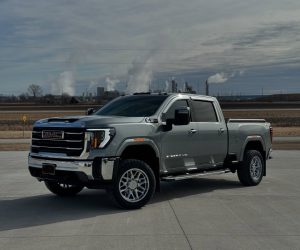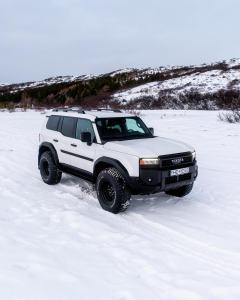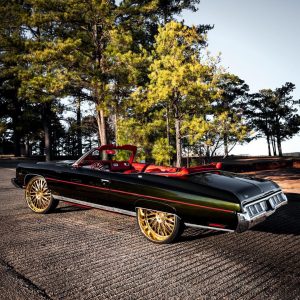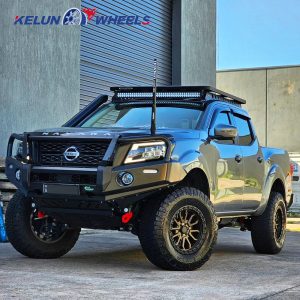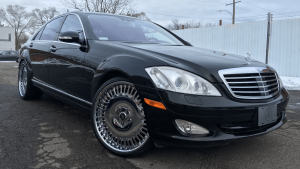-
whatsapp: +8616696837711
-
wheelim@kelunautoparts.com
-
营业时间 24H
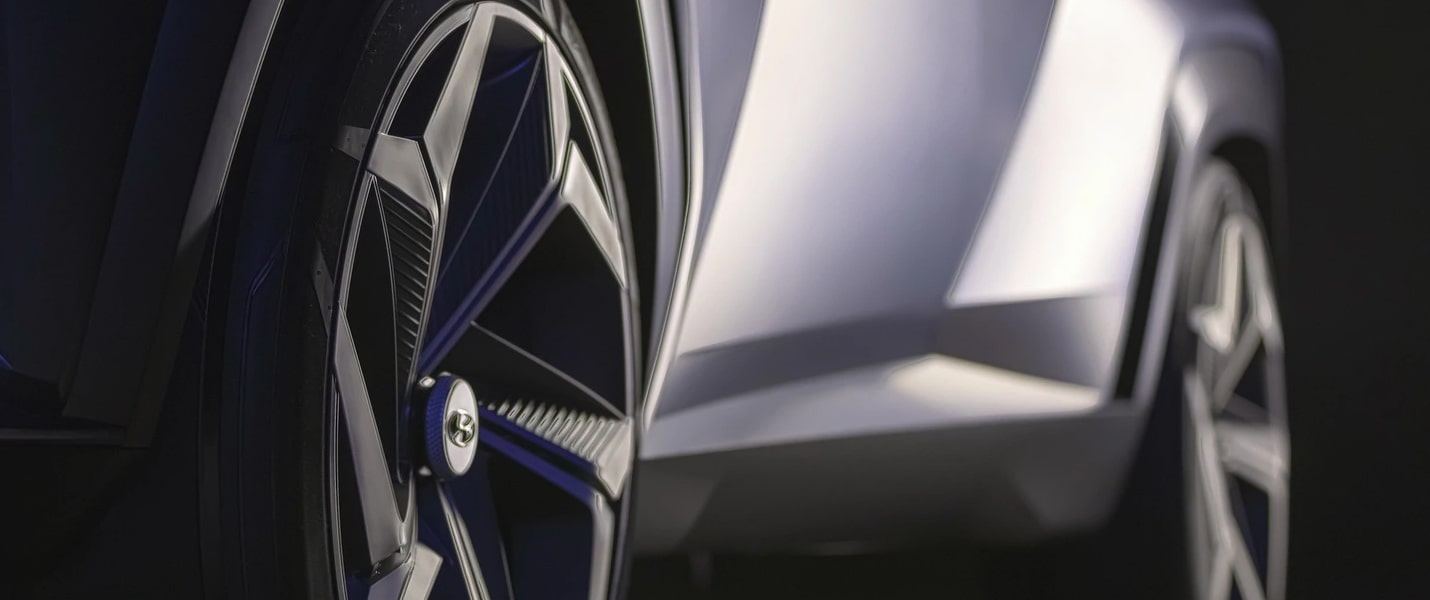
How do I customize my personalized wheels?
Customizing personalized wheels is a process that combines aesthetics, performance, and practicality, and requires consideration of multiple dimensions. Below is a detailed step-by-step guide to help you create a one-of-a-kind wheel:
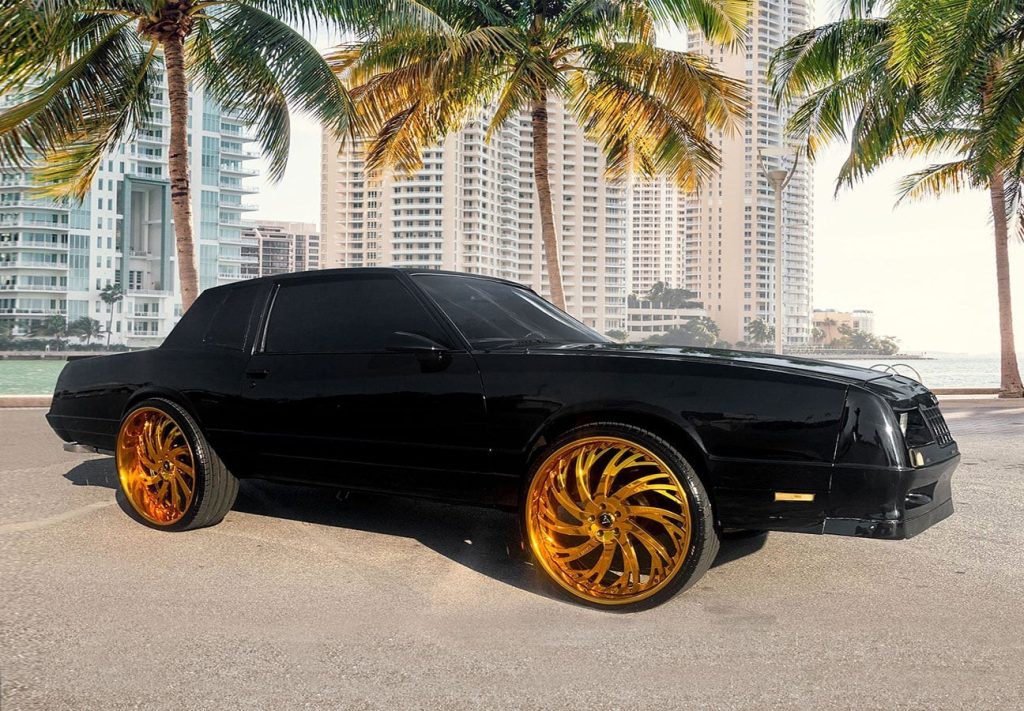
- Define the goal of customization
Stylistic orientation: Competitive (lightweight/track-ready), retro (chrome/wire wheels), off-road (anti-skidding/wide rims), or street trend (low-slung/exaggerated color scheme).
Functional needs: improved handling, reduced unsprung mass, enhanced cooling or purely visual upgrades.
Budget range: from budget (decals/hubcap modification) to high-end (forging/3D printing).
Translated with DeepL.com (free version)
- Wheel Core Customization
Wheel Customization
Material selection:
Forged Aluminum: high strength and light weight, suitable for performance cars (e.g. BBS FI-R).
Carbon fiber: top weight reduction, but high cost (e.g. HRE P101).
Spin casting: cost-effective choice (e.g. Enkei PF series).
Design parameters:
ET value (offset): affects the degree of wheel recess and brake clearance.
J value (width): determines tire compatibility (e.g. 8J for 235mm tire width).
Center Hole: To match the axle head of the vehicle (difference requires a reducer ring).
Surface process:
Mechanical cut: two-color milling effect (e.g. RAYS Volk TE37).
Plating/blackening: mirror chrome or matte black.
Custom paint: Pantone color-matched bodywork.
Tire customization
Sidewall printing: laser-engraved pattern or text (e.g. Michelin Pilot Sport Custom).
Color painting: using special tire paints (temporary) or vulcanized dye (permanent).
Translated with DeepL.com (free version)
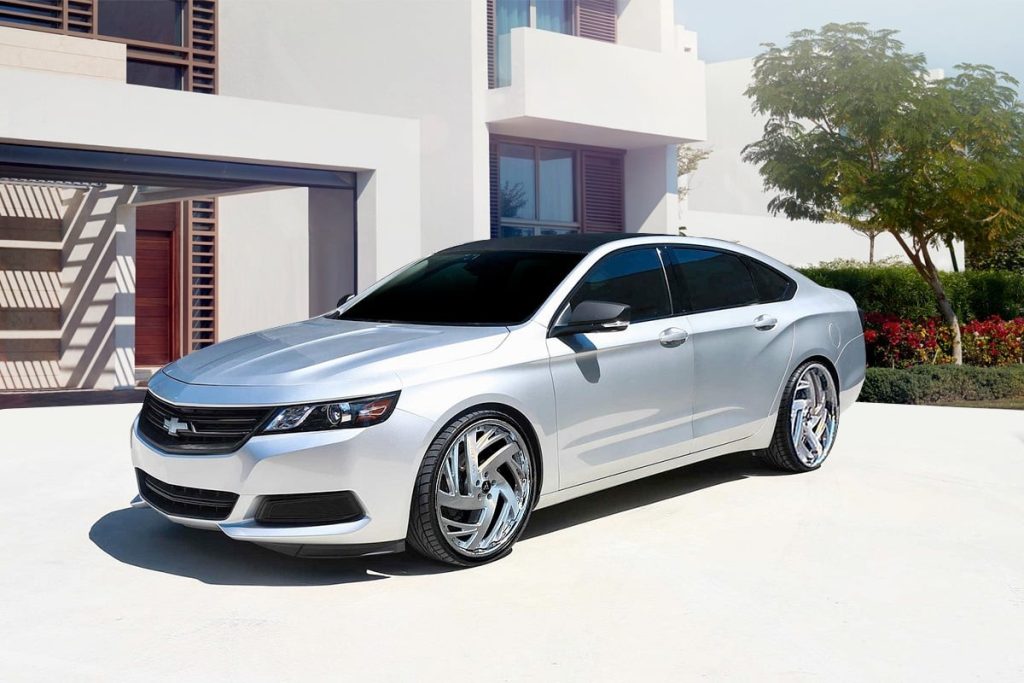
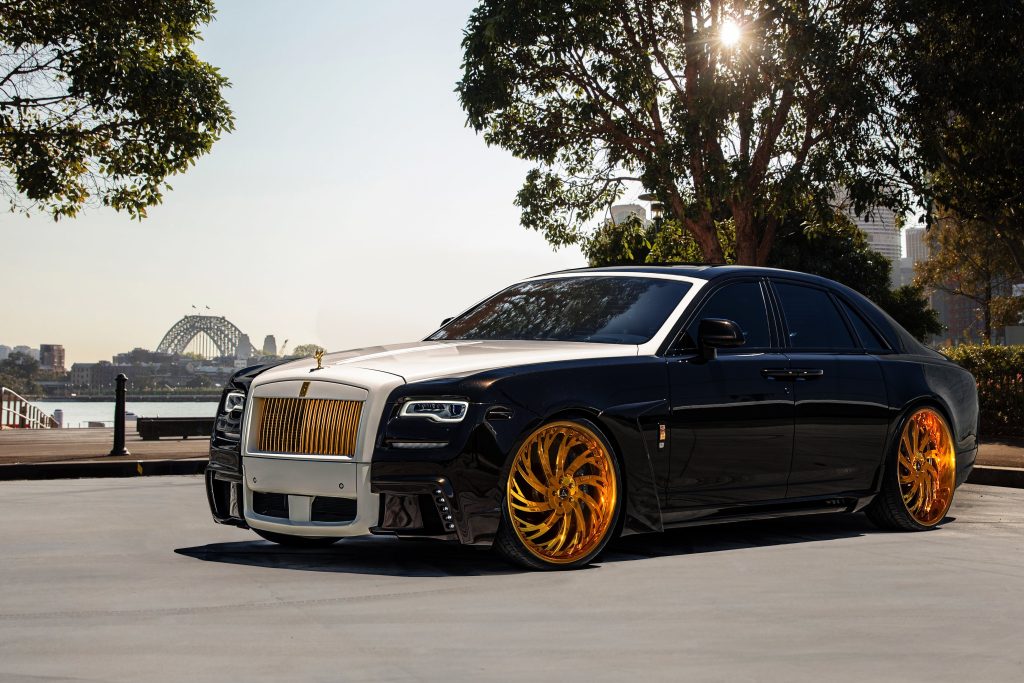
- Personalization Enhancement Program
Hubcaps:
3D printed embossed logo or magnetic quick release design.
Bolts/Nuts:
Titanium lightweight screws or colored anti-theft nuts.
Spoke decoration:
Addition of LED light strips (subject to traffic regulations) or carbon fiber patches.
- Technical adaptation and safety
Load calibration: Ensure the dynamic load of the customized wheel ≥ OEM standard (refer to TUV certification).
Steering interference test: tires do not rub the inner liner at full rudder.
Dynamic balance compensation: wider wheels need more counterweight blocks, and it is recommended to use hidden balance blocks.
- Legal Compliance
Regional regulations: EU needs to comply with ECE R124, North America needs DOT labeling.
Outstanding restrictions: Some countries require that the outer edge of the wheel must not exceed the wheel header.
Annual inspection: Keep the original wheels for inspection (e.g. China regulations).
- Implementation Path
DIY program:
Use wheel stickers or spray film (e.g. Plasti Dip peelable spray paint).
Purchase generic wheels and paint them yourself.
Professional customization:
Customize by commissioning brands (e.g. HRE, Forgiato provide CAD design service).
High-end players can CNC cut their own wheels (requires machine tool equipment).
- Inspiration
Conceptual design: Reference to tuning show works (e.g. SEMA Show examples).
Virtual preview: use 3D modeling software (e.g. Blender) or tuning APP (e.g. Fitment Industries Gallery).

General Tips for All Wheels
- Prep Work: Clean and sand surfaces before painting or wrapping.
- Durability: Use automotive-grade paint/sealant for long-lasting results.
- Professional Help: For complex jobs (powder coating, hydro dipping), consult a pro.

